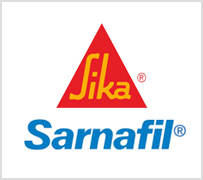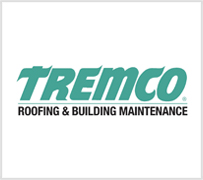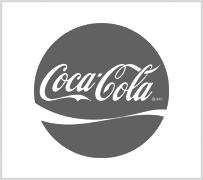
Home / News / Extreme Heat Takes a Toll on Roofing

Summer heat doesn’t just take a toll on the human body, it is also extremely hard on your roofing materials. Soaring temperatures cause roofing material to expand, and then contract during the cooler nighttime hours. Add to that the threat of high winds, rain, and hail (and dust storms in the southwest) and you’ve got a recipe guaranteed to cause damage to all types of roofing — residential, commercial and industrial.
Did you know that in some areas of the country, particularly here in the southwest, roof temperatures can hit 160 degrees? Those types of temperatures are brutal, especially on the most common type of roofing material — asphalt shingles.
For example, the heat can cause the underlying tar paper to dry out and become brittle, which can lead to cracks. Since it is the final barrier that keeps water from leaking into your home or business, that’s bad news. Life expectancy on the old types of tar paper is roughly 10-15 years, which can be half the expected lifespan of the rest of the roof. However, there are new products on the market that are extending the lifespan of those materials. They are being mixed with synthetic materials for more durability and resistance to heat and cold, so that the lifespan has been extended to as much as 50 years.
The heat can also cause the shingles themselves to dry out and even melt a little. Then as the temperatures cool, the shingles contract and crack. One sign that your asphalt shingles are degrading is when you notice tiny granules in your gutters or on the ground, especially after a storm. These granules are an indication that the sun’s high-energy ultraviolet rays have finally succeeded in breaking down the asphalt, causing the shingles to become brittle, shrink and crack.
Beat the Heat
One of the best ways to combat extreme heat is to make sure your attic is well ventilated. In a typical house, vents in the soffits on the underside of the eaves allow cool air to enter and then exit as hot air through vents near the peak of the roof. Attic fans and ridge vents ensure even better air flow.
However, there are other methods helping your roof stay cool!
Coatings
A reflective coating can be added to many types of roofing materials. The coatings are white or have special reflective pigments added that reflect sunlight away from the roofing materials below. These coatings also protect the roof from ultra-violet light and chemical damage. Some even provide additional protection from impacts and repel water. There are coatings available (or even built in) to most types of roofing.
Asphalt Shingles
There are new shingles available which use specially coated granules that reflect the sun’s rays.
Built-Up Roofing
By substituting reflective marble chips or reflective mineral granules and by adding a reflective coating, you can make a built-up roof much cooler.
Modified Bitumen Roofing
You can ask the manufacturer to pre-coat the sheets with a cool roof coating.
Foam
Foam is highly susceptible to moisture and UV damage. These roofs demand a protective coating not just to keep the moisture out, but also to help reflect the heat and reduce UV damage.
Tile Roofs
Tile, clay, slate or concrete roofing materials can be glazed to add waterproofing as well as reflective capabilities.
Green Roofs
Last but not least, you might consider a green roof as an alternative to more traditional roofing materials. Flat or shallow pitch roofs can be covered with basic plantings or even turned into garden space. Green roofs provide excellent insulation, lowering heating and cooling costs. They help mitigate the urban heat island effect. Last but not least, they actually thrive under the sun!











